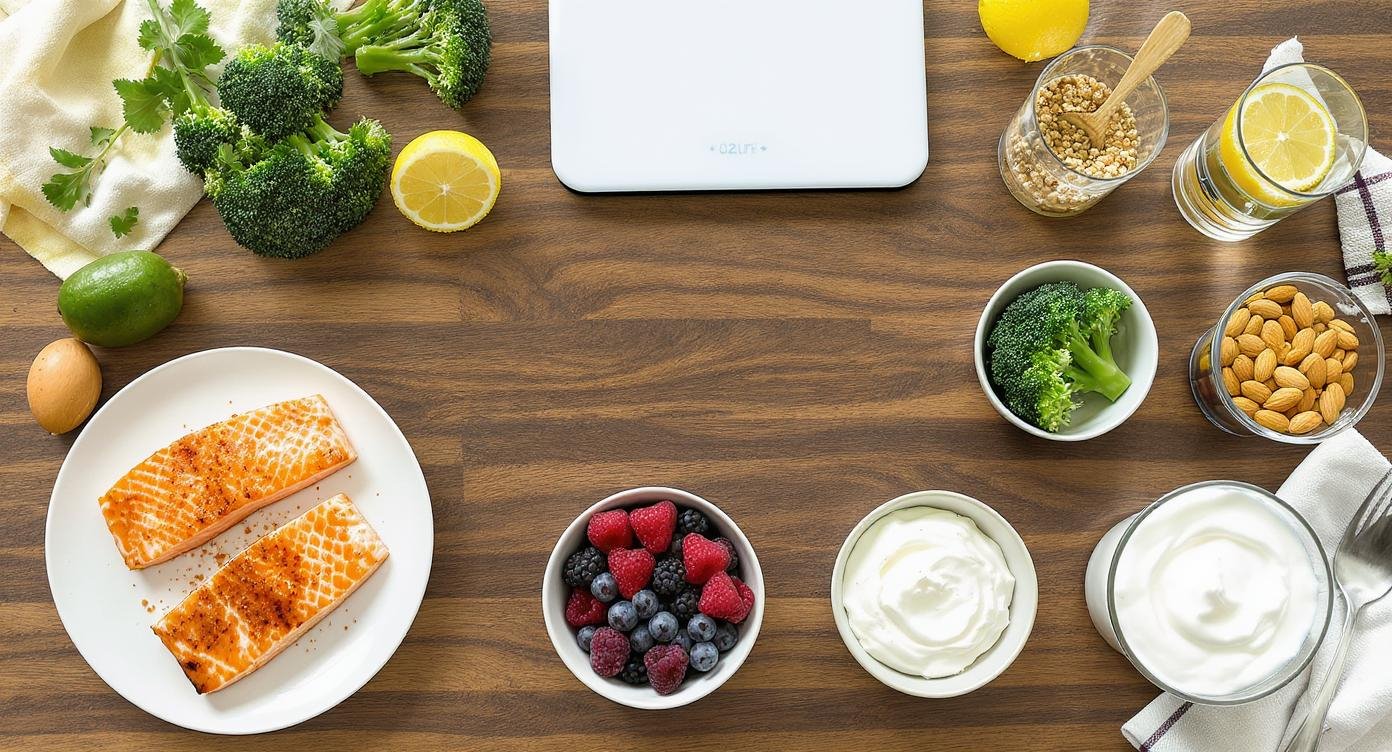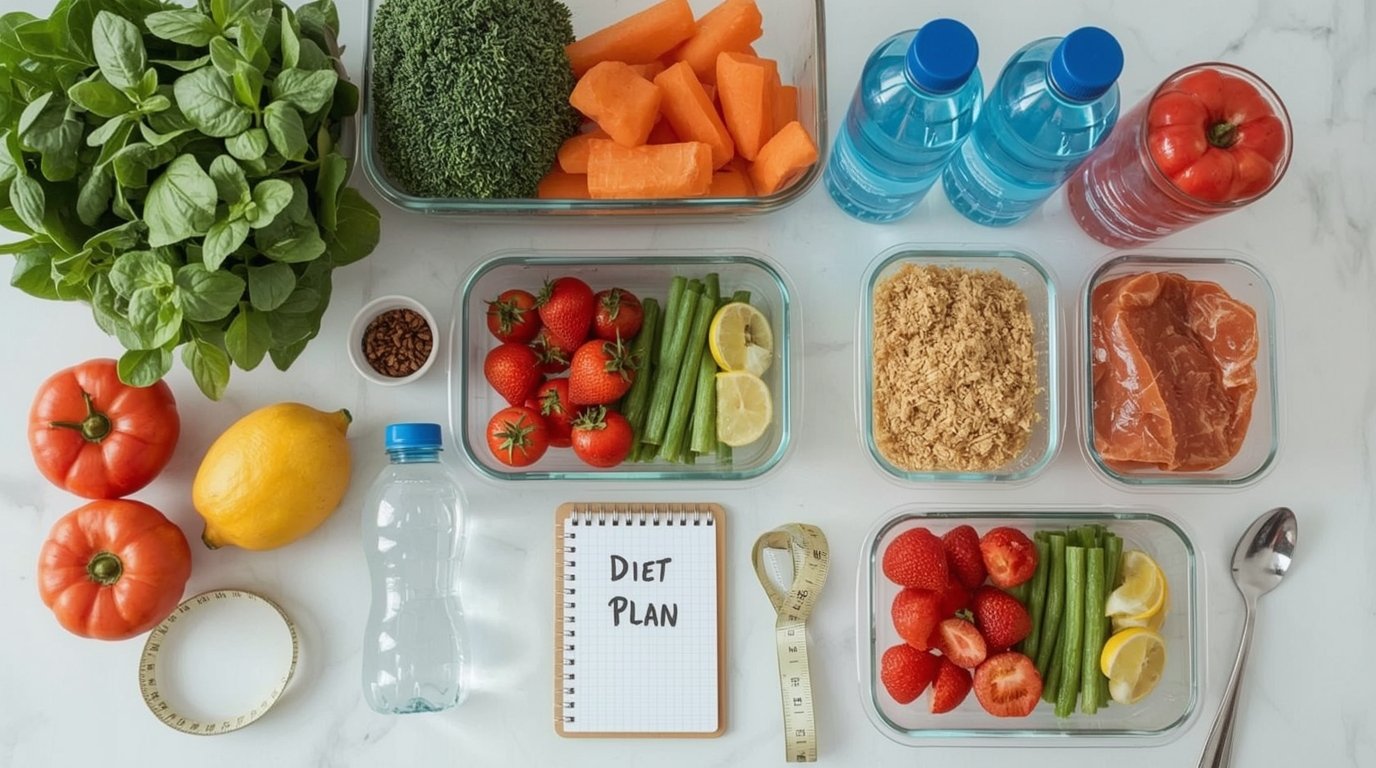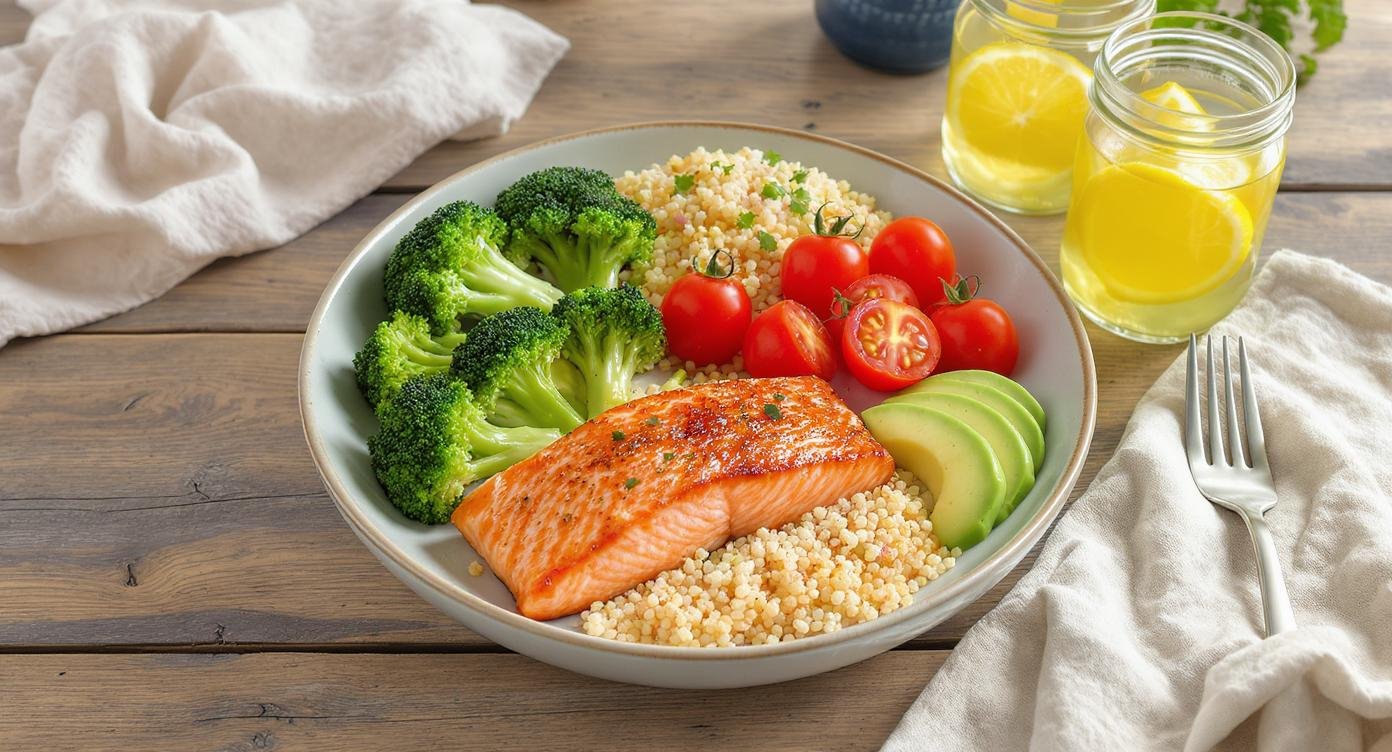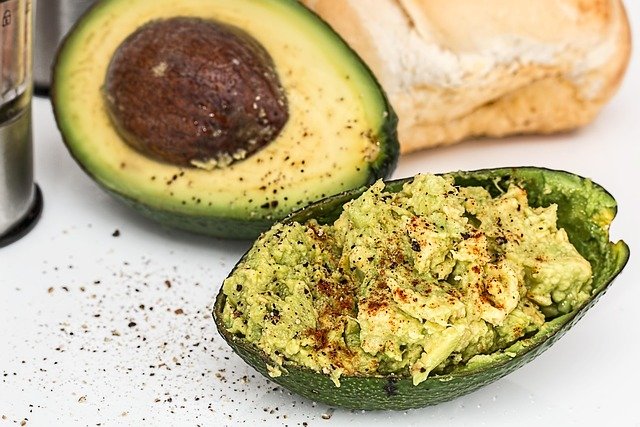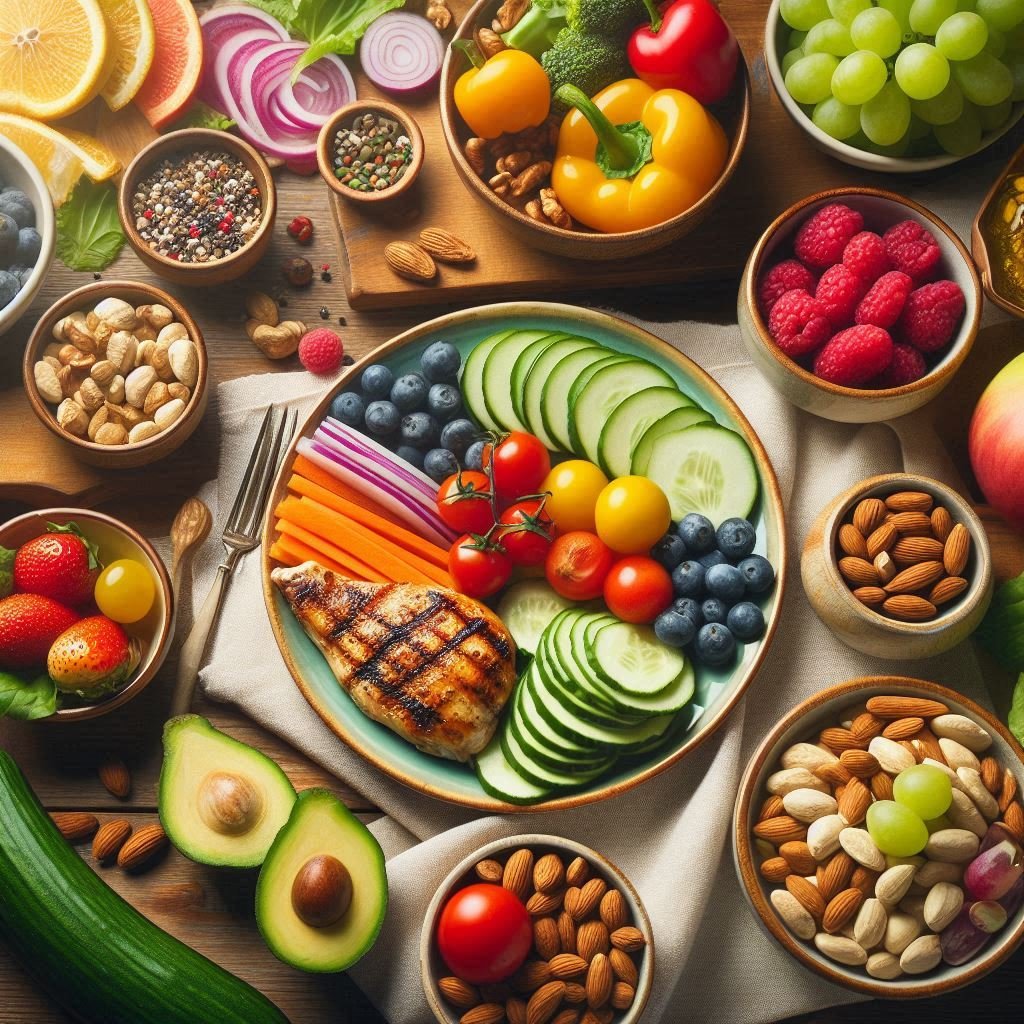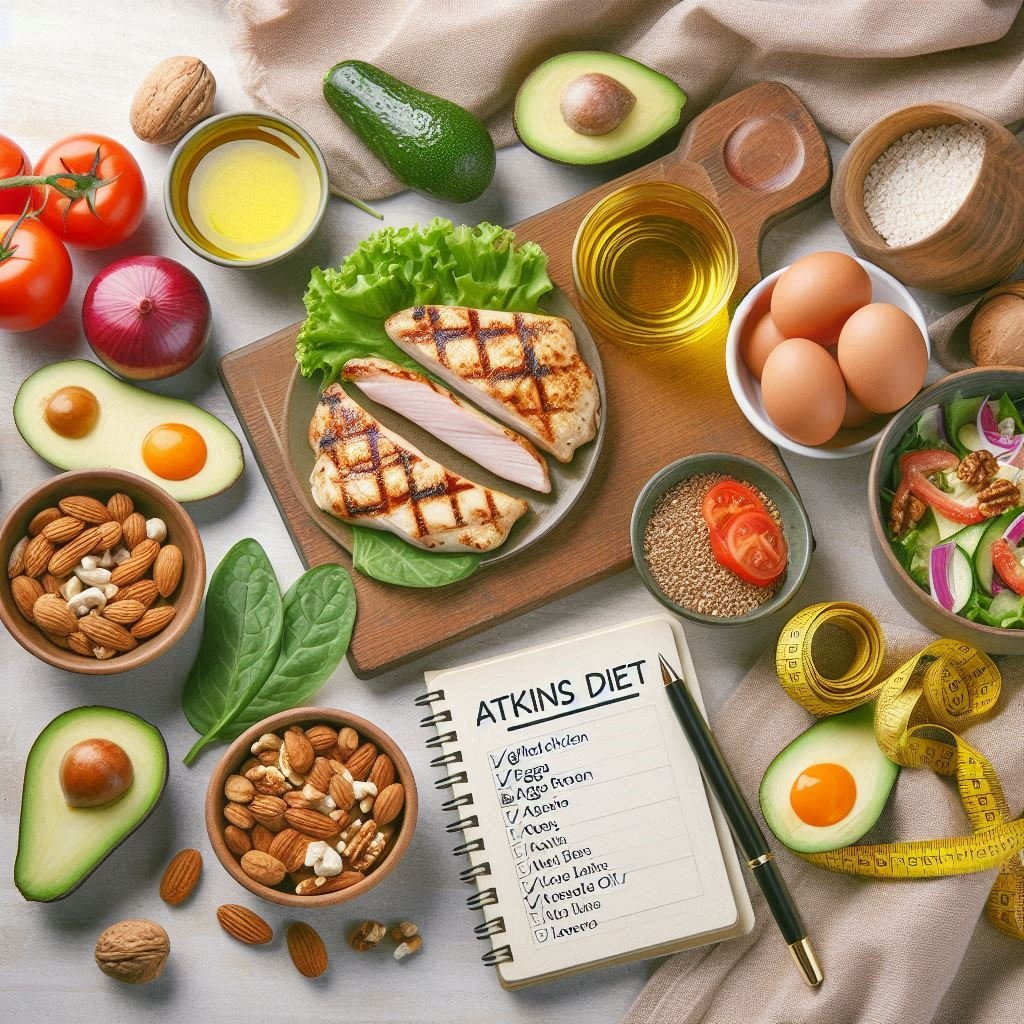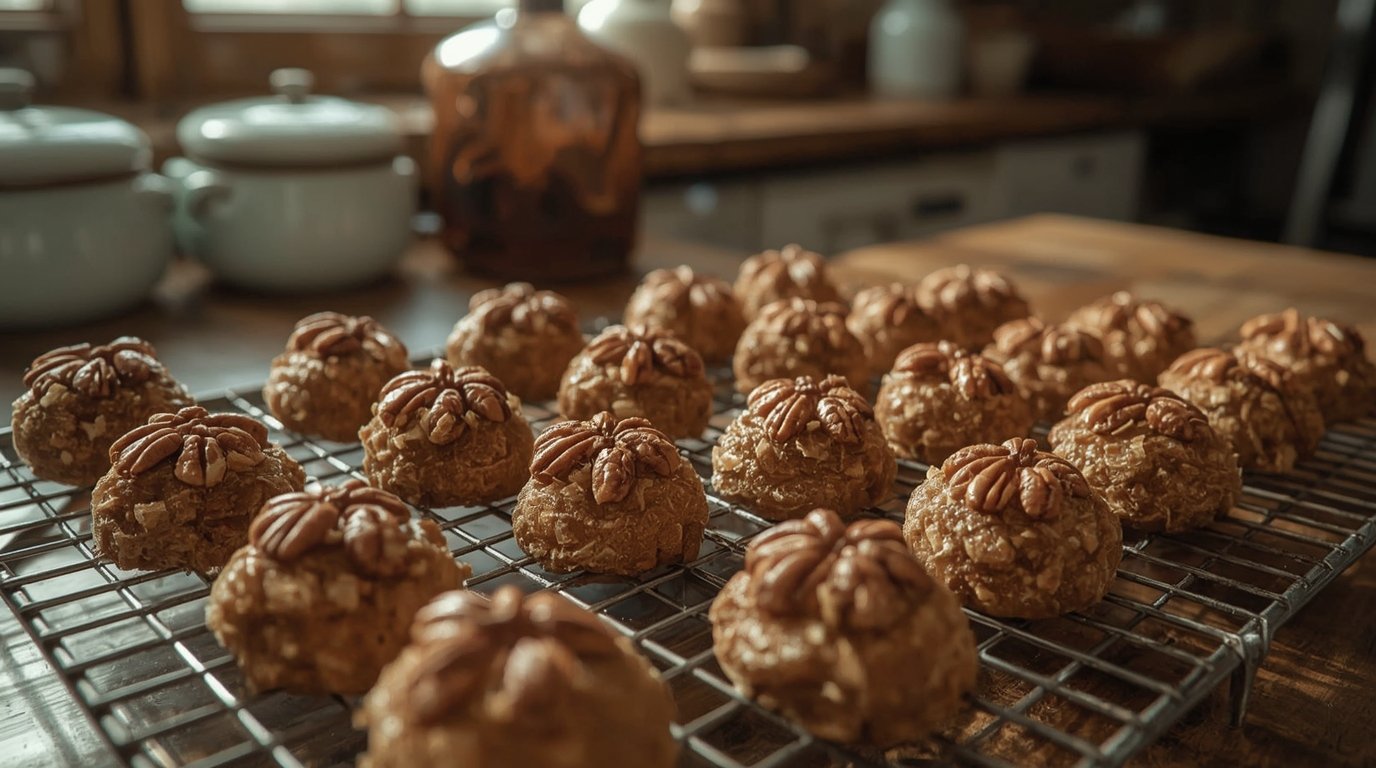Introduction: The Critical Link Between Weight and Diabetes
Diabetes is a chronic metabolic disorder that affects how your body processes blood sugar (glucose). While genetics, age, and lifestyle all contribute to its development, excess weight is the single most modifiable risk factor for Type 2 diabetes. In fact, over 90% of people with Type 2 diabetes are overweight or obese.
For those already diagnosed, weight management isn’t just about looking better, it’s a lifeline. Shedding excess pounds, adopting a balanced diet, and staying active can:
✔ Improve insulin sensitivity
✔ Lower blood sugar levels
✔ Reduce dependency on medication
✔ Prevent severe complications (nerve damage, heart disease, kidney failure)
This comprehensive, science-backed guide will walk you through proven dieting strategies, exercise recommendations, meal plans, and lifestyle changes to help you take control of your diabetes and overall health.
Why Weight Loss is Crucial for Diabetes Management
Insulin Resistance & Fat Storage
Excess body fat, especially visceral fat (around the abdomen), disrupts insulin function. Normally, insulin helps cells absorb glucose for energy. But when fat cells release inflammatory chemicals, they make cells resistant to insulin, leading to chronically high blood sugar.
Key Fact: Losing just 5–10% of your body weight can dramatically improve insulin sensitivity and lower blood sugar levels.
The Inflammatory Impact of Belly Fat: How Visceral Fat Worsens Diabetes and Heart Health
The Dangerous Biology of Belly Fat
Not all fat is created equal. While subcutaneous fat (the pinchable fat under your skin) is relatively benign, visceral fat – the deep abdominal fat surrounding your organs – acts like an endocrine organ, secreting harmful substances that wreak havoc on your metabolism.
Pro-Inflammatory Cytokines: The Hidden Saboteurs
Visceral fat produces several dangerous inflammatory markers:
- Tumor Necrosis Factor-alpha (TNF-α)
- Directly interferes with insulin signaling pathways
- Reduces glucose uptake in muscle cells by up to 40%
- Promotes atherosclerosis by damaging blood vessel walls
- Interleukin-6 (IL-6)
- Triggers liver production of C-reactive protein (CRP), a key marker of systemic inflammation
- Increases insulin resistance in adipose tissue
- Stimulates production of triglycerides in the liver
- Leptin Resistance
- Normally signals satiety, but excess fat causes leptin resistance
- Leads to overeating and further weight gain
- Contributes to non-alcoholic fatty liver disease (NAFLD)
The Cardiovascular Domino Effect
These inflammatory cytokines create a perfect storm for heart disease:
1. Blood Pressure Spikes
- TNF-α reduces nitric oxide production (a natural vasodilator)
- Causes endothelial dysfunction (stiffening of arteries)
- Increases sodium retention in kidneys, raising blood pressure
2. Cholesterol Imbalance
- IL-6 stimulates liver production of:
- VLDL (very low-density lipoprotein) – the “bad cholesterol” precursor
- Triglycerides (increased by 50-100% in obese individuals)
- Suppresses HDL (“good cholesterol”) production
3. Plaque Formation
- Chronic inflammation damages arterial walls
- Oxidized LDL particles get trapped in damaged areas
- Forms atherosclerotic plaques that can rupture, causing heart attacks
The Insulin Resistance Connection
This inflammatory process creates a vicious cycle:
- Fat cells swell → release cytokines → cause insulin resistance
- Insulin resistance → pancreas produces more insulin → promotes fat storage
- More fat → more inflammation → worse insulin resistance
Clinical Evidence:
- A 2022 study in Diabetes Care found that every 10% increase in visceral fat correlated with:
- 32% higher insulin resistance (HOMA-IR)
- 15 mmHg higher systolic BP
- 29 mg/dL higher fasting glucose
Breaking the Cycle: Targeted Strategies
1. Anti-Inflammatory Diet
- Omega-3s (fatty fish, walnuts): Reduce TNF-α by up to 30%
- Polyphenols (berries, dark chocolate): Lower IL-6 production
- Fiber (30g+ daily): Binds and removes inflammatory compounds
2. High-Intensity Interval Training (HIIT)
- Just 3 sessions/week reduces visceral fat by 17% in 12 weeks
- Increases adiponectin (anti-inflammatory hormone) by 40%
3. Stress Management
- Chronic stress raises cortisol → drives visceral fat storage
- Daily meditation shown to reduce IL-6 by 15%
4. Sleep Optimization
- Poor sleep increases visceral fat accumulation by 32% (per 5-year study)
- Aim for 7-9 hours with consistent sleep schedule
Medical Interventions
For those with severe metabolic dysfunction:
- GLP-1 agonists (e.g., semaglutide): Reduce visceral fat by 15-20%
- SGLT2 inhibitors: Promote fat loss while protecting kidneys
- Metformin: Reduces liver glucose production and inflammation
The Bottom Line
Visceral fat isn’t just “extra weight” – it’s an active metabolic organ pumping out inflammatory signals that:
✓ Disrupt insulin function
✓ Damage blood vessels
✓ Alter cholesterol metabolism
✓ Accelerate aging
The good news? Every 1% reduction in visceral fat leads to measurable improvements in metabolic health. Through targeted lifestyle changes, this dangerous fat can be systematically reduced, breaking the inflammatory cycle at its source.
The Vicious Cycle of High Blood Sugar & Weight Gain
When cells resist insulin, glucose stays in the bloodstream instead of being used for energy. The body then stores excess sugar as fat, making weight loss harder. Breaking this cycle requires dietary changes, exercise, and consistent monitoring.
Best Diet Strategies for Diabetes Control
1. Lose Weight Gradually (1–2 lbs per Week)
Crash diets backfire by slowing metabolism and causing muscle loss. Instead:
✅ Aim for slow, steady weight loss (1–2 lbs/week)
✅ Track progress with a food diary or app (MyFitnessPal, Cronometer)
✅ Focus on body composition (more muscle, less fat) rather than just the scale
2. Follow a Low-Glycemic (Low-GI) Diet
The Glycemic Index (GI) measures how quickly foods raise blood sugar. Low-GI foods digest slowly, preventing spikes.
Best Low-GI Foods:
- Non-starchy veggies (spinach, broccoli, zucchini)
- Whole grains (quinoa, steel-cut oats, barley)
- Legumes (lentils, chickpeas, black beans)
- Healthy fats (avocados, nuts, olive oil)
Avoid High-GI Foods:
❌ White bread, pasta, rice
❌ Sugary cereals, pastries, soda
❌ Processed snacks (chips, crackers)
3. Carb Counting & Smart Pairing
Not all carbs are equal. Learn to:
✔ Count carbs (45–60g per meal is a general guideline, but check with your doctor)
✔ Pair carbs with protein & fiber (e.g., apple with peanut butter) to slow digestion
✔ Choose complex carbs (whole grains, vegetables) over refined sugars
4. Eat Smaller, Frequent Meals
Instead of 3 large meals, try 4–6 smaller meals to:
✔ Stabilize blood sugar
✔ Prevent overeating
✔ Reduce insulin spikes
5. Limit Saturated & Trans Fats
Bad fats increase insulin resistance and heart disease risk.
Swap These:
- Butter → Olive oil or avocado oil
- Fried foods → Baked, grilled, or air-fried
- Processed meats → Lean proteins (chicken, fish, tofu)
Exercise: The Missing Link in Diabetes Management
Physical activity lowers blood sugar naturally by helping muscles absorb glucose without insulin.
Best Exercises for Diabetics
1. Cardio (Aerobic Exercise)
- Walking (30–60 min/day)
- Cycling (stationary or outdoor)
- Swimming (gentle on joints)
Goal: 150+ minutes per week (5 days x 30 min)
2. Strength Training
Muscle burns more glucose than fat, improving insulin sensitivity.
- Bodyweight exercises (squats, push-ups)
- Resistance bands
- Light dumbbells
Goal: 2–3 sessions per week
3. Flexibility & Balance
- Yoga (reduces stress, improves circulation)
- Tai Chi (helps with neuropathy symptoms)
Sample 7-Day Diabetic Meal Plan
Day 1
- Breakfast: Scrambled eggs with spinach & whole-grain toast
- Snack: Greek yogurt with chia seeds
- Lunch: Grilled chicken salad (mixed greens, avocado, olive oil dressing)
- Snack: Apple slices with almond butter
- Dinner: Baked salmon, quinoa, roasted Brussels sprouts
Day 2
- Breakfast: Oatmeal with walnuts & cinnamon
- Snack: Handful of almonds
- Lunch: Turkey & hummus wrap (whole-wheat tortilla)
- Snack: Carrot sticks with guacamole
- Dinner: Stir-fried tofu with broccoli & brown rice
(Continue with 5 more days of balanced meals, rotating proteins, veggies, and healthy carbs.)
Atkins for Dieting: Unlocking the Secret to Sustainable Weight Loss (2025)
Top 5 Affordable Products for Diabetic Dieting (Available on Temu)
- Why? Precise carb counting and portion control.
- Use: Weigh proteins, grains, and snacks.
- Meal Prep Containers (Bento-Style)
- Why? Portion-balanced meals in advance.
- Use: Store pre-made low-GI meals.
- Why? Easy, tasty recipes for blood sugar control.
- Use: Plan weekly meals without guesswork.
- Why? Dehydration raises blood sugar.
- Use: Marked measurements to track intake.
- Low-GI Snack Packs (Nuts & Seeds)
- Why? Healthy, convenient snacks to prevent crashes.
- Use: Keep in your bag for emergencies.
FAQs: Dieting & Diabetes
1. Can dieting cure diabetes?
No, but weight loss and lifestyle changes can reverse insulin resistance in many Type 2 diabetics, reducing or eliminating medication needs.
2. What’s the best diet for Type 2 diabetes?
- Mediterranean diet (olive oil, fish, whole grains)
- Low-carb, high-fiber diets
- DASH diet (for those with high blood pressure)
3. How fast should I lose weight?
1–2 lbs per week is safest. Faster loss can cause muscle loss and rebound weight gain.
4. Should I avoid all carbs?
No! Focus on complex carbs (veggies, whole grains) and avoid refined sugars.
5. Does intermittent fasting help?
Some studies show benefits, but check with your doctor first, especially if you take insulin.
Conclusion: Small Changes, Lifelong Benefits
Managing diabetes through diet isn’t about deprivation—it’s about empowerment. Every healthy choice you make—swapping soda for water, taking a walk after meals, prepping balanced meals—adds up to better blood sugar control, more energy, and a longer, healthier life.
You don’t have to be perfect, just consistent. Start with one change today, and build from there. Your future self will thank you.
Final Tip: Monitor & Adjust
✔ Check blood sugar regularly
✔ Keep a food & activity journal
✔ Work with a dietitian or diabetes educator
Remember: Diabetes is manageable. You’ve got this! 🚀
